A 22 slide editable PowerPoint Template which can be used for a range of dictation activities.
Dictation is a valuable teaching and learning tool. It enables students to apply punctuation and grammar conventions they have been taught to a ‘real text’ context. It also allows students to fine-tune their listening and editing skills.
These 20 dictation passages align directly to the Australian Curriculum for Year 5 English. The punctuation and grammar conventions addressed in this teaching resource include:
- apostrophes of possession (slides 3-6)
- subordinate clauses (slides 7-10)
- homophones (slides 11-14)
- less common plurals (slides 15-18)
- question marks (slides 19-22).
A marking sheet has been provided for teachers.
Read more about Speaking and Listening activities on our blog 10 Activities for Developing the Skills of Speaking and Listening.
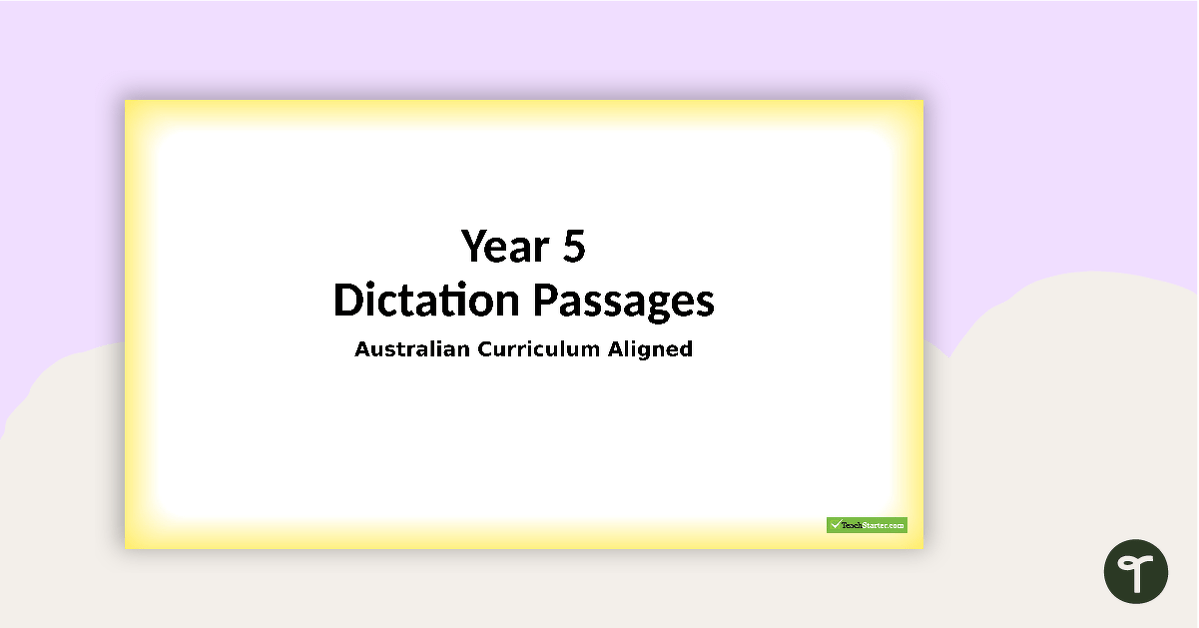
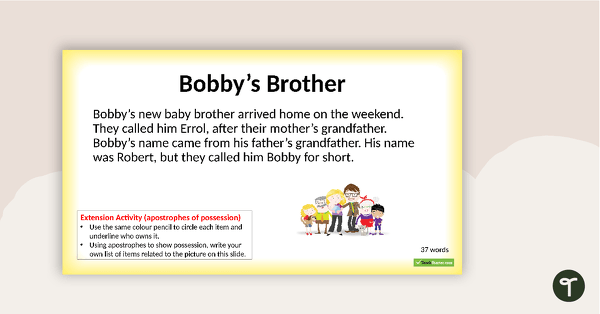
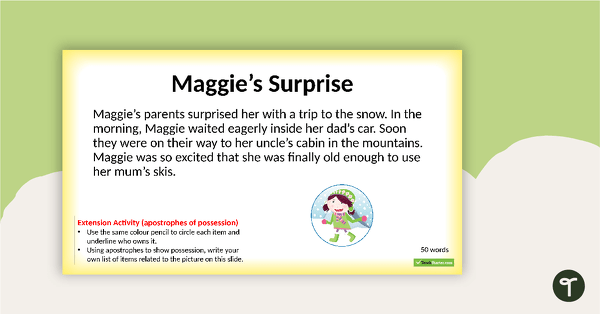

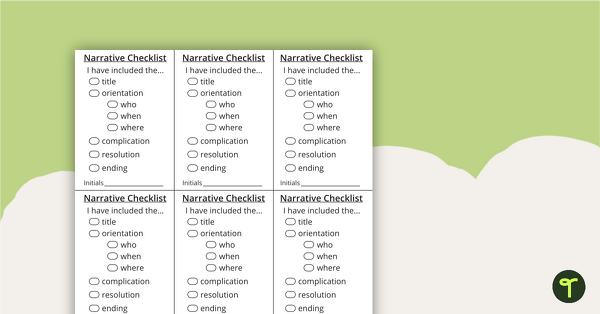
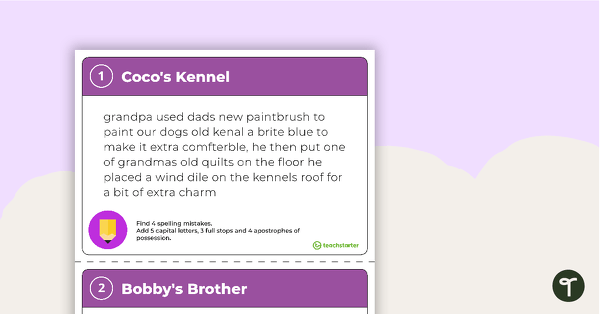

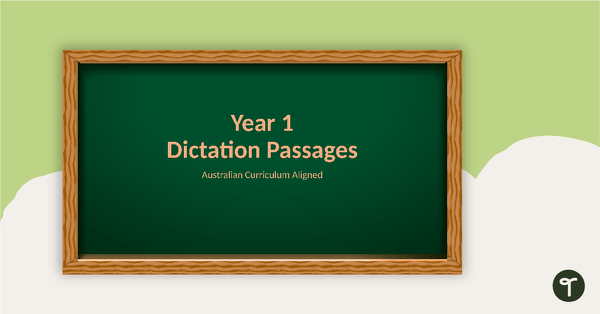
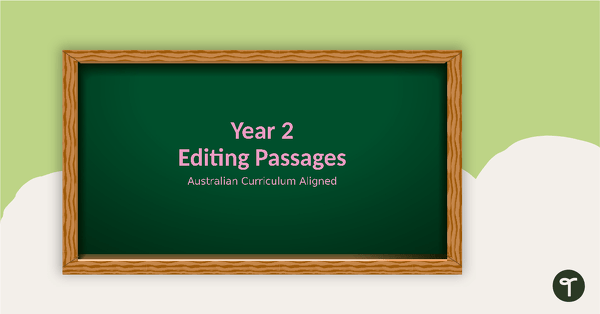
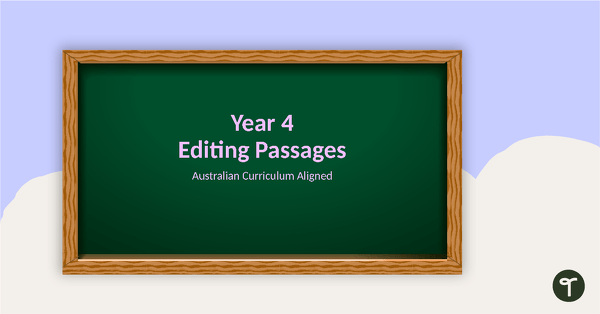
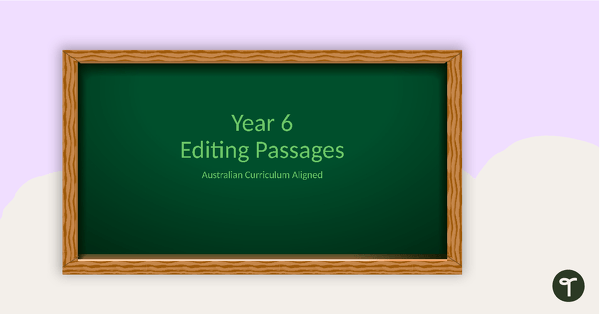
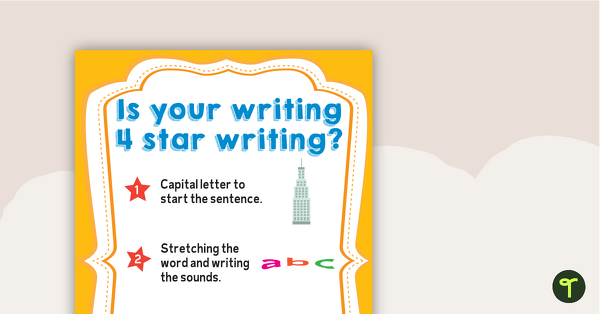
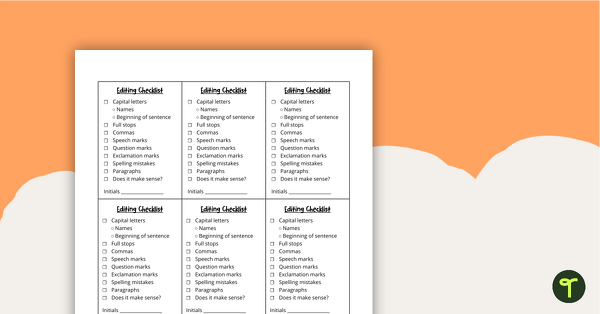
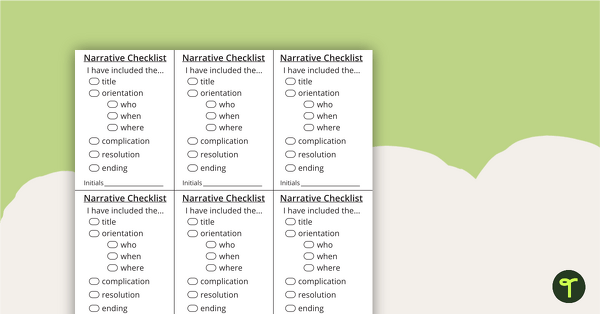
0 Comments
Write a review to help other teachers and parents like yourself. If you'd like to request a change to this resource, or report an error, select the corresponding tab above.